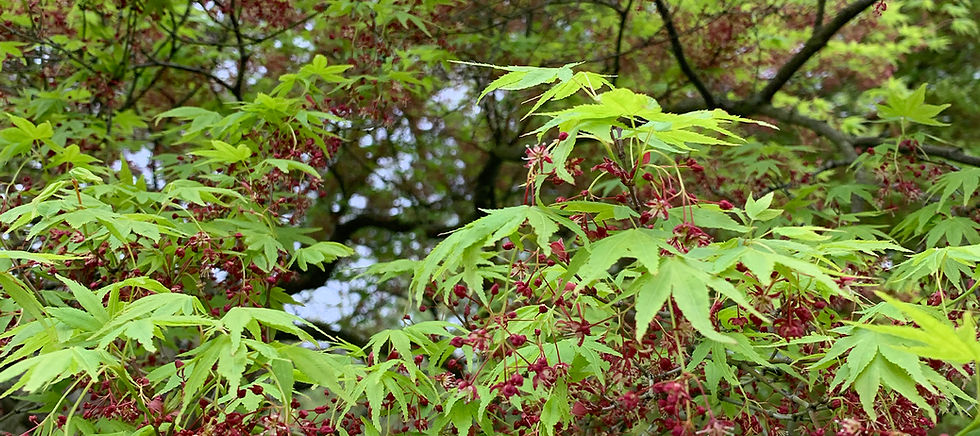Geographical Indications: What are the latest developments?
- Rosie Burbidge

- Sep 25, 2022
- 3 min read
Updated: Oct 31, 2023

The protection of terms which indicate the geographical origin of goods, whether as Geographical Indications (GIs), or otherwise is an increasingly important, but also increasingly complicated, area of IP law. There have been several interesting developments in recent months including the following.
Scotch Whisky certification mark
In June 2022, the Scotch Whisky Association (SWA) announced that it had registered Scotch Whisky as a certification trade mark at the USPTO. It said the registration will strengthen legal protection for Scotland’s national drink in the United States and “will make enforcement against counterfeit products being sold or passed off as Scotch Whisky easier”.
Scotch Whisky exports totalled more than £4.5 billion in 2021. Exports to the US increased 8% to £790 million, following the suspension of tariffs in June 2021.
The SWA has registered IP rights in more than 100 markets worldwide, including a certification mark in South Korea, obtained in 2019.
The application for the US certification mark included the statement:
“The certification mark, as used or intended to be used by persons authorized by the certifier, certifies or is intended to certify that the goods/services provided originate in Scotland and have met the Standards as set forth in The Scotch Whisky Regulations 2009 and the Scotch Whisky technical file.”
GIs in the UK post Brexit
Following Brexit, the UK adopted its own schemes to protect geographical terms in England, Scotland and Wales, which is administered by the UK's Department for the Environment and Rural Affairs (Defra) and not the UK IPO. Northern Ireland remains part of the EU GI schemes.
With effect from 1 January 2021, there are six registers in the UK, protecting food names, spirit drink names, wine names, aromatised wines and traditional terms for wine. The UK schemes include all names protected in the EU on 31 December 2020.
At the time of writing, there were 5,348 protected food and drink names registered in the UK. They can be searched here. There are three logos for UK GIs.
The UK has also signed an agreement with the United States to protect over 700 wines and two spirits (Bourbon Whiskey and Tennessee Whiskey) from the US, though these are not protected as GIs.
GIs in the EU
The EU has long-established systems to protect GIs for wines, spirits, agricultural products and foodstuffs from EU member states and other countries. It also has bilateral agreements with certain countries, such as China.
Two new EU regulations have been proposed. One is a proposal to strengthen the GI system including by increasing protection and simplifying registration procedures. The other is a proposal to create a GI system for non-agricultural (craft and industrial) products. Further news on both proposals is awaited.
In the meantime, the EU Court of Justice recently published a judgment concerning the protected designation of origin for Feta cheese. Ruling in an action brought by the European Commission against Denmark, the Court found effectively that Danish businesses could not export cheese to non-EU countries under the names "Feta", "Danish Feta" or "Danish Feta cheese".
GIs and trade marks
These recent developments are likely to increase interest in GI protection, especially among businesses in the food and beverage sectors. We can advise on how to secure registration in the UK, EU and beyond.
The proliferation of protection for GIs, certification marks etc may also raise issues for other trade mark owners, for example where there are conflicts with earlier rights. The evolution of GI protection is therefore something all IP counsel should have on their radar.
To find out more about the issues raised in this blog contact Rosie Burbidge, Intellectual Property Partner at Gunnercooke LLP in London - rosie.burbidge@gunnercooke.com


